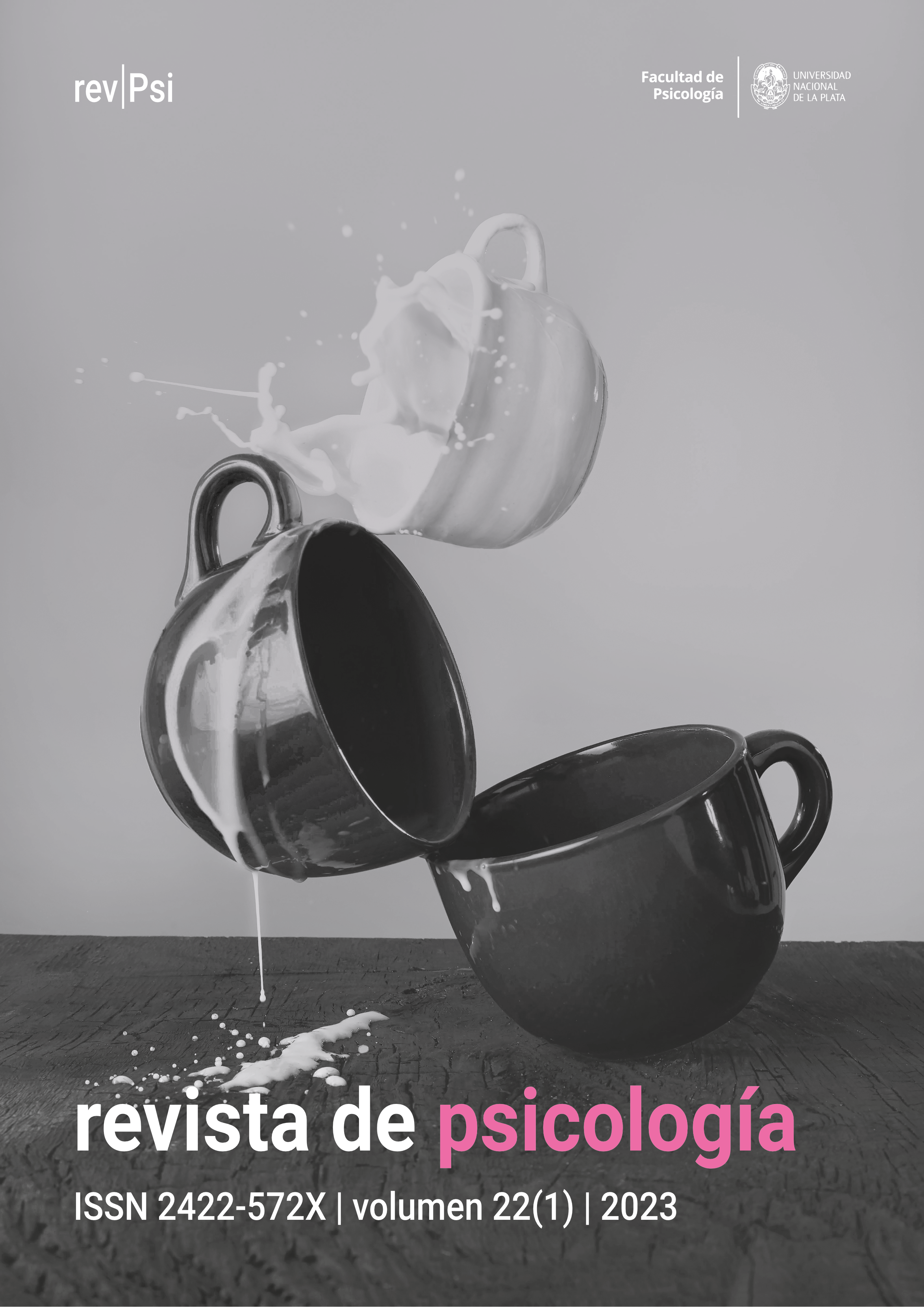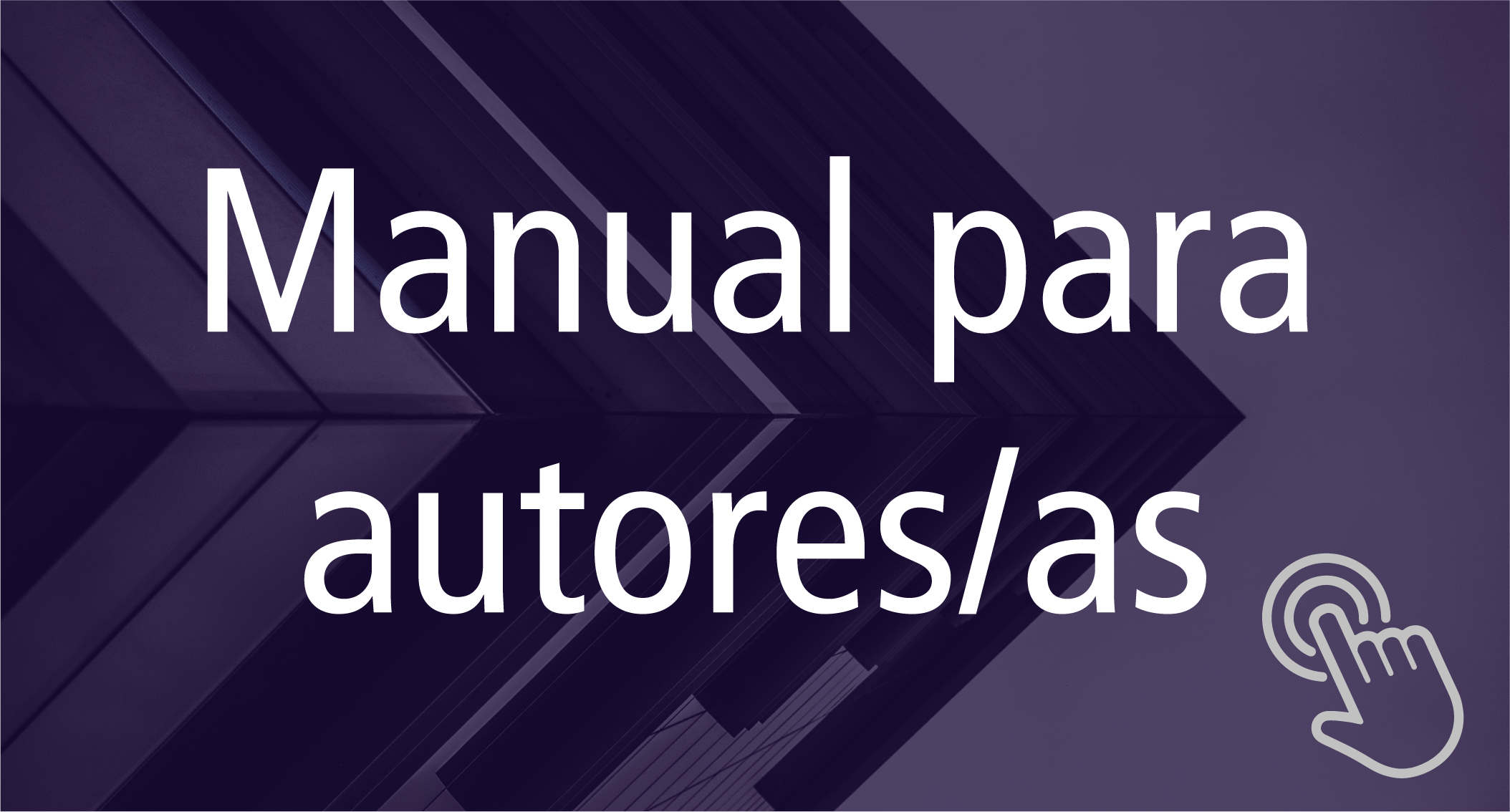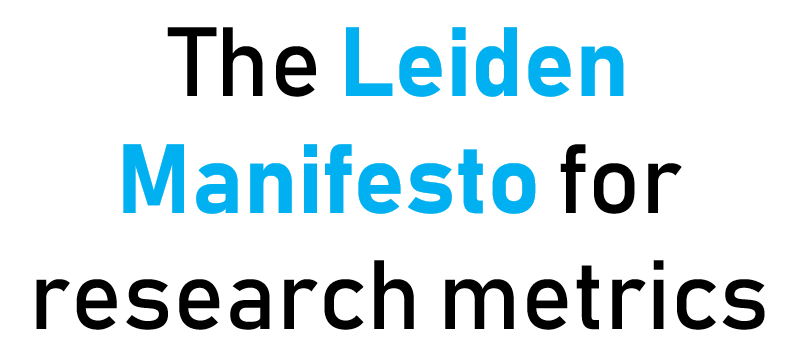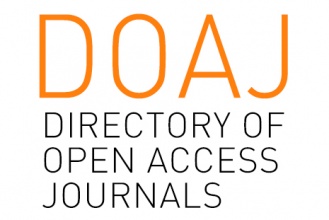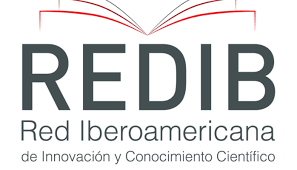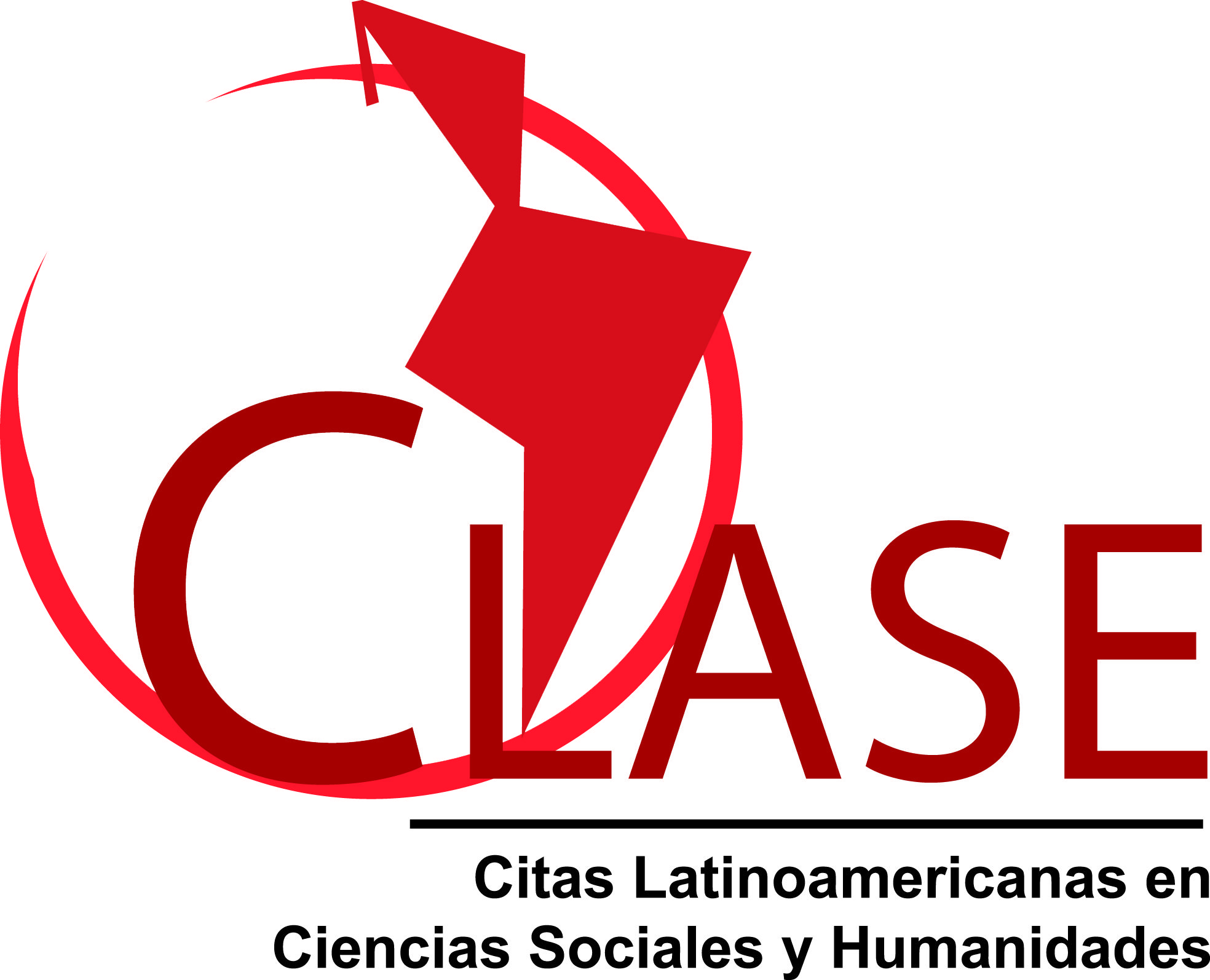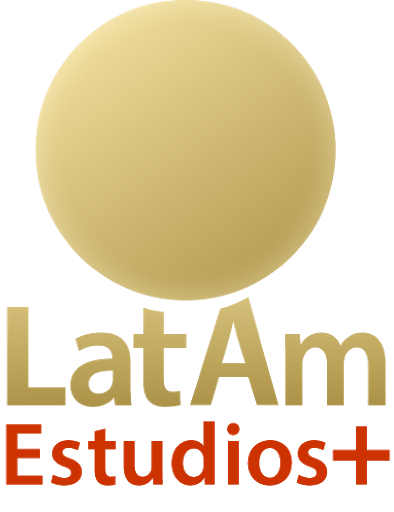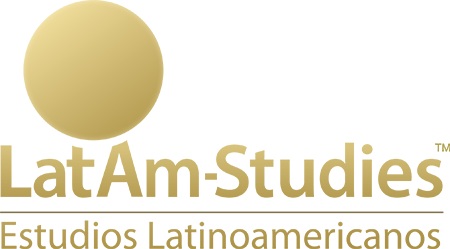Usos de objetos e antecipações corporais no desenvolvimento na primeira infância
DOI:
https://doi.org/10.24215/2422572Xe089Palavras-chave:
desenvolvimento da compreensão intencional, antecipações corporais, interações triádicas, uso de objetosResumo
Há evidências empíricas de que as interações diádicas contribuem para o surgimento de um entendimento intencional. Entretanto, pouco se sabe sobre o papel que as interações triádicas (adulto-objeto-bebê) desempenham neste processo. Apresentamos uma análise qualitativa de quatro observações feitas em casa, em Ensenada (Buenos Aires, Argentina). Estas observações fizeram parte de um estudo mais amplo no qual as interações dos bebês com seus cuidadores e objetos foram observadas uma vez por mês durante 7 meses. Os resultados mostram que os bebês antecipam fisicamente as ações que os adultos realizam utilizando objetos em situações de interação triádica (adulto-objeto-infantil). A participação dos bebês nas interações triádicas contribui para o surgimento de antecipações corporais cada vez mais complexas, coordenadas com o comportamento dos outros e ajustadas aos usos canônicos dos objetos. Argumenta-se que estas antecipações são casos de compreensão intencional inativa.
Referências
Abramova, E. y Slors, M. (2015). Social cognition in simple action coordination: A case for direct perception. Consciousness and Cognition, 36, 519-531. https://doi.org/10.1016/j.concog.2015.04.013
Alessandroni, N. (2020). Object concepts and their functional core: Material engagement and canonical uses of objects in early childhood education. Human Arenas. https://doi.org/10.1007/s42087-020-00119-5
Alessandroni, N. (en prensa). La semiotización cultural del cuerpo: Una base de la atribución enactiva de estados mentales. En N. Alessandroni y M. C. Piro (Eds.), Cuerpo, época y presentaciones sintomáticas actuales. EDULP.
Alessandroni, N., Moreno-Núñez, A., Rodríguez, C. y Del Olmo, M. J. (2020). Musical dynamics in early triadic interactions: A case study. Psychological Research, 84(6), 1555-1571. https://doi.org/10.1007/s00426-019-01168-4
Alessandroni, N. y Rodríguez, C. (2019). On perception as the basis for object concepts: A critical analysis. Pragmatics & Cognition, 26(2-3), 321-356. https://doi.org/10.1075/pc.19027.ale
Baldwin, J. M. (1895/1906). Mental development in the child and the race. Methods and processes. Macmillan.
Costall, A. (2013). Things that help make us what we are. En G. Sammut, P. Daanen y F. M. Moghaddam (Eds.), Understanding the self and others (pp. 66-76). Routledge.
De Bruin, L. C., y Kästner, L. (2012). Dynamic embodied cognition. Phenomenology and the Cognitive Sciences, 11(4), 541-563. https://doi.org/10.1007/s11097-011-9223-1
De Bruin, L., Strijbos, D., y Slors, M. (2011). Early social cognition: Alternatives to implicit mindreading. Review of Philosophy and Psychology, 2(3), 499-517. https://doi.org/10.1007/s13164-011-0072-1
De Jaegher, H., Di Paolo, E., y Gallagher, S. (2010). Can social interaction constitute social cognition? Trends in Cognitive Sciences, 14(10), 441-447. https://doi.org/10.1016/j.tics.2010.06.009
ELAN (Version 5.6). (2019). Nijmegen: Max Planck Institute for Psycholinguistics. https://tla.mpi.nl/tools/tla-tools/elan/.
Fantasia, V., Markova, G., Fasulo, A., Costall, A. y Reddy, V. (2016). Not just being lifted: Infants are sensitive to delay during a pick-up routine. Frontiers in Psychology, 6, 2065.
Gopnik, A. y Wellman, H. M. (1994/2002). La teoría de la teoría. En L. Hirschfeld, S. A. Gelman (Eds.) y A. Ruiz (Trad.), Cartografía de la mente: La especificidad de dominio en la cognición y en la cultura (pp. 3-63). Gedisa.
Green, D., Li, Q., Lockman, J. J. y Gredebäck, G. (2016). Culture influences action understanding in infancy: Prediction of actions performed with chopsticks and spoons in chinese and swedish infants. Child Development, 87(3), 736-746. https://doi.org/10.1111/cdev.12500
Hobson, P. (2002). The cradle of thought: Exploring the origins of thinking. Macmillan.
Hunnius, S. y Bekkering, H. (2010). The early development of object knowledge: A study of infants’ visual anticipations during action observation. Developmental Psychology, 46(2), 446-454. https://doi.org/10.1037/a0016543
Hutto, D. D. (2011). Elementary mind minding, enactivist-style. En A. Seemann (Ed.), Joint attention: New developments in psychology, philosophy of mind, and social neuroscience (pp. 307-341). MIT Press. https://doi.org/10.7551/mitpress/8841.003.0016
Kochukhova, O. y Gredebäck, G. (2010). Preverbal infants anticipate that food will be brought to the mouth: An eye tracking study of manual feeding and flying spoons: Infants comprehension of feeding. Child Development, 81(6), 1729-1738. https://doi.org/10.1111/j.1467-8624.2010.01506.x
Lausberg, H. y Sloetjes, H. (2009). Coding gestural behavior with the NEUROGES-ELAN system. Behavior Research Methods, Instruments y Computers, 41(3), 841–849. https ://doi.org/10.3758/BRM.41.3.841
Lindblom, J. (2020). A radical reassessment of the body in social cognition. Frontiers in Psychology, 11, 987. https://doi.org/10.3389/fpsyg.2020.00987
Malafouris, L. (2013). How things shape the mind. A theory of material engagement. The MIT Press.
Malafouris, L. (2019). Mind and material engagement. Phenomenology and the Cognitive Sciences, 18(1), 1-17. https://doi.org/10.1007/s11097-018-9606-7
Miller, S. (2017). Developmental research methods (5th ed.). SAGE Publications.
Mireault, G. C. y Reddy, V. (2016). Humor in infants. Springer International Publishing.
Moreno-Núñez, A., Rodríguez, C. y Miranda-Zapata, E. (2019). Getting away from the point: The emergence of ostensive gestures and their functions. Journal of Child Language, 1-23. https://doi.org/10.1017/S0305000919000606
Newton, P., Reddy, V. y Bull, R. (2000). Children’s everyday deception and performance on false-belief tasks. British Journal of Developmental Psychology, 18(2), 297-317. https://doi.org/10.1348/026151000165706
Onishi, K. H. y Baillargeon, R. (2005). Do 15-month-old infants understand false beliefs? Science, 308(5719), 255-258. https://doi.org/10.1126/science.1107621
Piaget, J. (1936/2009). El nacimiento de la inteligencia en el niño (P. Bordonaba, Trad.). Crítica.
Raczaszek-Leonardi, J., Nomikou, I. y Rohlfing, K. J. (2013). Young children’s dialogical actions: The beginnings of purposeful intersubjectivity. IEEE Transactions on Autonomous Mental Development, 5(3), 210-221. https://doi.org/10.1109/TAMD.2013.2273258
Reddy, V. (1991). Playing with others’ expectations: Teasing and mucking about in the first year. En A. Withen (Ed.), Natural theories of mind (pp. 143–158). Blackwell.
Reddy, V. (2001). Infant clowns: The interpersonal creation of humour in infancy. Enfance, 53(3), 247. https://doi.org/10.3917/enf.533.0247
Reddy, V. (2008). How infants know minds. Harvard University Press.
Reddy, V. y Mireault, G. (2015). Teasing and clowning in infancy. Current Biology, 25(1), R20-R23. https://doi.org/10.1016/j.cub.2014.09.021
Reddy, V., Markova, G. y Wallot, S. (2013). Anticipatory adjustments to being picked up in infancy. PLoS ONE, 8(6), e65289. https://doi.org/10.1371/journal.pone.0065289
Reddy, V., y Morris, P. (2004). Participants don’t need theories: Knowing minds in engagement. Theory & Psychology, 14(5), 647-665. https://doi.org/10.1177/0959354304046177
Rodríguez, C. (2006). Del ritmo al símbolo. Los signos en el nacimiento de la inteligencia. Horsori.
Rodríguez, C., Basilio, M., Cárdenas, K., Cavalcante, S., Moreno-Núñez, A., Palacios, P. y Yuste, N. (2018). Object pragmatics: Culture and communication – the bases for early cognitive development. En A. Rosa y J. Valsiner (Eds.), The Cambridge handbook of sociocultural psychology (2.a ed., pp. 223-244). Cambridge University Press.
Rossmanith, N. y Reddy, V. (2016). Structure and openness in the development of self in infancy. Journal of Consciousness Studies, 23(1-2), 237-257.
Rossmanith, N., Costall, A., Reichelt, A. F., López, B. y Reddy, V. (2014). Jointly structuring triadic spaces of meaning and action: Book sharing from 3 months on. Frontiers in Psychology, 5. https://doi.org/10.3389/fpsyg.2014.01390
Schilbach, L., Timmermans, B., Reddy, V., Costall, A., Bente, G., Schlicht, T., y Vogeley, K. (2013). Toward a second-person neuroscience. Behavioral and Brain Sciences, 36(4), 393-414. https://doi.org/10.1017/S0140525X12000660
Sociedad Argentina de Pediatría (2001). Guía de alimentación para niños sanos de 0 a 2 años. Sociedad Argentina de Pediatría.
Spaulding, S. (2018). How we understand others: Philosophy and social cognition. Routledge.
Striano, T. y Reid, V. M. (2006). Social cognition in the first year. Trends in Cognitive Sciences, 10(10), 471-476. https://doi.org/10.1016/j.tics.2006.08.006
Surian, L., Caldi, S. y Sperber, D. (2007). Attribution of beliefs by 13-month-old infants. Psychological Science, 18(7), 580-586. https://doi.org/10.1111/j.1467-9280.2007.01943.x
Thelen, E., Kelso, J. A. S. y Fogel, A. (1987). Self-organizing systems and infant motor development. Developmental Review, 7(1), 39-65. https://doi.org/10.1016/0273-2297(87)90004-9
Thelen, E. y Smith, L. (1994/1996). A dynamic systems approach to the development of cognition and action. MIT Press.
Thelen, E., y Spencer, J. P. (1998). Postural control during reaching in young infants: A dynamic systems approach. Neuroscience & Biobehavioral Reviews, 22(4), 507-514. https://doi.org/10.1016/s0149-7634(97)00037-7
Vietri, M., Alessandroni, N. y Piro, M. C. (2019). La perspectiva de segunda persona de la atribución de estados mentales: Una revisión sistemática de su estado actual de desarrollo. Psykhe, 28(2), 1-17. https://doi.org/10.7764/psykhe.28.2.1280
Vietri, M., Alessandroni, N. y Piro, M. C. (enviado). Enactivismo y comprensión intencional: Una propuesta semiótica, corporeizada y material.
Wimmer, H. y Perner, J. (1983). Beliefs about beliefs: Representation and constraining function of wrong beliefs in young children’s understanding of deception. Cognition, 13(1), 103-128.
Downloads
Publicado
Edição
Seção
Licença
Copyright (c) 2021 Maximiliano Vietri, Nicolás Alessandroni, María Cristina Piro

Este trabalho está licenciado sob uma licença Creative Commons Attribution 4.0 International License.

Os autores que publicam neste periódico aceitam as seguintes condições:
- Autores mantém os direitos autorais e atribuir o direito de primeira publicação para a revista, com a obra registrada sob uma Licença de atribuição Creative Commons (CC-BY) , que permite que terceiros usem o que é publicado sempre que mencionarem a autoria do trabalho e a primeira publicação desta revista.
- Os autores podem fazer outros acordos contratuais independentes e adicionais para a distribuição não-exclusiva do artigo publicado na revista ESTA (por exemplo, incluí-lo em um repositório institucional ou publicá-lo em um livro), enquanto eles indicou claramente que o trabalho foi publicado pela primeira vez nesta revista.
- Autores são permitidos e encorajados a publicar seus trabalhos na Internet (por exemplo, em páginas institucionais ou individuais) antes e durante o processo de revisão e publicação, pois pode gerar alterações produtivas e maior e mais rápida difusão do trabalho publicado (ver The Effect of Open Access).

